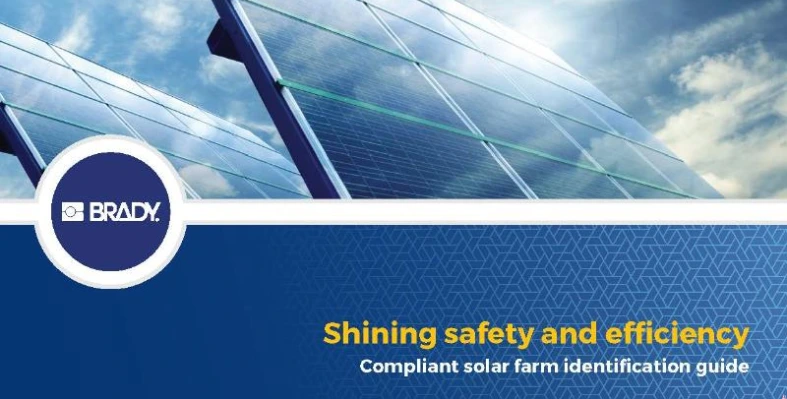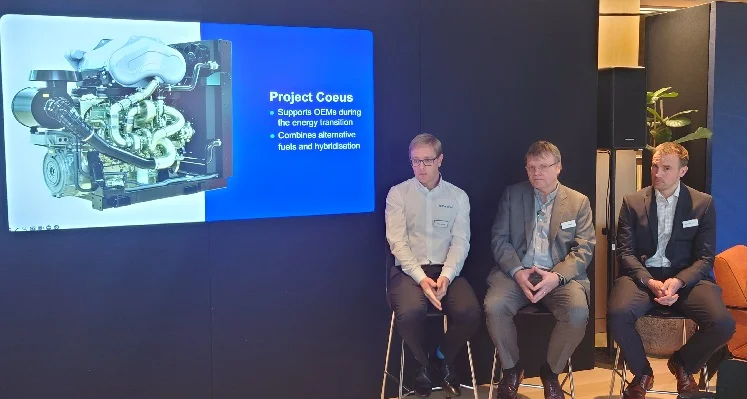Clear and durable component labelling on solar farms isn't just a regulatory tick-box; it's fundamental for passing inspections, ensuring on-site safety, and enabling efficient maintenance.
Non-compliant or illegible labels can lead to failed inspections, delays in critical repairs, and increased risks for personnel.
Adhering to standards like IEC 62548-1:2023, IEC 61730-1:2023, and IEC 62109-1:2010 is crucial for smooth project handover and long-term operational integrity.
Brady brings to the market labels that are tested and verified to not only comply with applicable standards, but also withstand the conditions they are exposed to in installations over the long term.
Reliable identification solutions streamline your workflow and ensure compliance.
Properly labelled PV modules, inverters, junction boxes, and cabling allow for quick identification during inspections, saving time and preventing potential roadblocks.
Clear labelling also enhances safety by providing immediate information for lockout/tagout procedures and troubleshooting.
Furthermore, well-identified components enable maintenance teams to locate and address issues rapidly, minimising downtime and maximising system performance.
The reliability of your identification system should never be compromised.
All compliant solar farm identification labels are printed on Brady’s durable label materials, engineered to remain attached and legible for years, especially in demanding outdoor environments. These materials are designed to resist fading and peeling, ensuring long-term readability.
Brady’s solar farm identification labels have undergone rigorous testing in their laboratories, including the IEC 61730-2:2023 durability test, confirming their resilience.
Choosing the right identification partner simplifies this critical aspect of solar farm development. Opting for solutions designed for the harsh outdoor environment ensures longevity and legibility of labels, even under extreme conditions.
A comprehensive offering should provide durable labels and efficient printing options tailored to the specific needs of solar installations.
By implementing compliant and robust identification practices, electricians and contractors can ensure successful project completion, improve site safety, and facilitate efficient long-term maintenance of solar farms.
Investing in durable and regulation-adhering labelling is a direct investment in the project's success and operational efficiency.

Download our free Guide to compliant solar farm identification for practical insights into effective solar farm labelling.
This guide illustrates where specific identification labels should be applied and presents solutions for fast and accurate labelling in the field.
Discover how to easily provide the right information to inspectors, first responders, and maintenance teams with compliant and reliable solar farm identification labels.
Discover more about identification solutions for Solar farms now.
BRADY Corporation in Middle East
www.brady.eu









